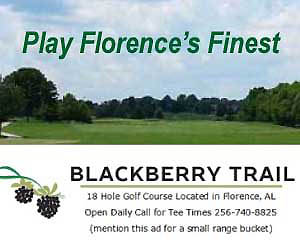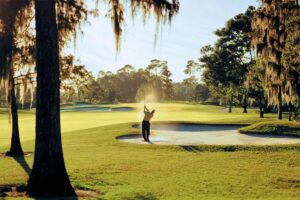Refreeing the battle for light, moisture
Interfering with shots, building walls between holes and shading key playing areas are just some of the useful roles that trees can play on a golf course.
Trees are a wonderful part of many golf courses and they are iconic features on some of the greatest courses in the world.
Editor’s Note
We’ve all come across it – playing what could be or should be a nice course, but turf conditions are substandard. Most of the time it’s the tees, greens and along the fringes of the fairways that grass seemingly can’t grow. Selective removal/trimming will not only improve the course, but cut down on costs/maintenance. This USGA article captures the essence of how trees aren’t always a friend of the golf course.
They provide strategic interest, habitat, and they can give a golf course a unique sense of place. However, trees must be planted and managed in a thoughtful way to avoid big problems. To be honest, there may be no better way to ruin a golf course than by haphazardly planting trees.
The right trees in the right locations can be an asset to any golf course, but when trees begin to negatively affect turf health or playability, they become a serious detriment.
How to misuse trees on a course
Here are a few of the best ways they can be used to ruin a golf course:
- Be sure to select the cheapest trees you can find. A tree is a tree, right? Who cares if it has above-ground roots and constantly drops debris? As long as it grows fast and doesn’t break the bank, what else really matters?
- When planting them, don’t worry about how big they’ll be in the future. That’s somebody else’s problem.
- Plant them as close to greens as possible to provide a beautiful backdrop. All great golf courses have a wall of pine trees behind each green.
- Don’t limit yourself to varieties that are native to your area, or even your continent. Including examples from around the world on your golf course is a recipe for success.
- Don’t worry about the nuts, fruit, bark, sticks or other debris some they may drop on the course. The maintenance team will be happy to clean up any additional mess.
- If you think a golf hole is too easy, planting trees is the best way to fix it. No need to consult with a golf course architect, just watch where most players hit their shots and plant a bunch of trees near that spot.
- Plant as many trees as you can close to tees and fairways. Who really needs turf on tees anyway? The ball is on a tee for a reason. Thin fairways? That’s what fertilizer is for.
- Don’t even think about removing trees unless you want the course to be too easy. No golf shop can handle the overwhelming number of complaints that too many birdies are being made after a handful of trees are removed.
We may have been kidding around with this list, but the unfortunate reality is that these are common mistakes that happen on golf courses everywhere. Courses often spend lots of money creating tree issues and then spend even more money to fix them.
Golf courses with trees should invest in a professionally prepared tree plan to guide planting and management decisions so they get the most benefit from their trees without all the headaches. Golf course architects and USGA agronomists are valuable contributors to such plans.
Paul Jacobs is an agronomist for the Central Region of the USGA
Reprinted from USGA.org
Have a story idea or a news item to report to Alabama Golf News? Email bamagolfnews@gmail.com
Featured image courtesy of USGA







